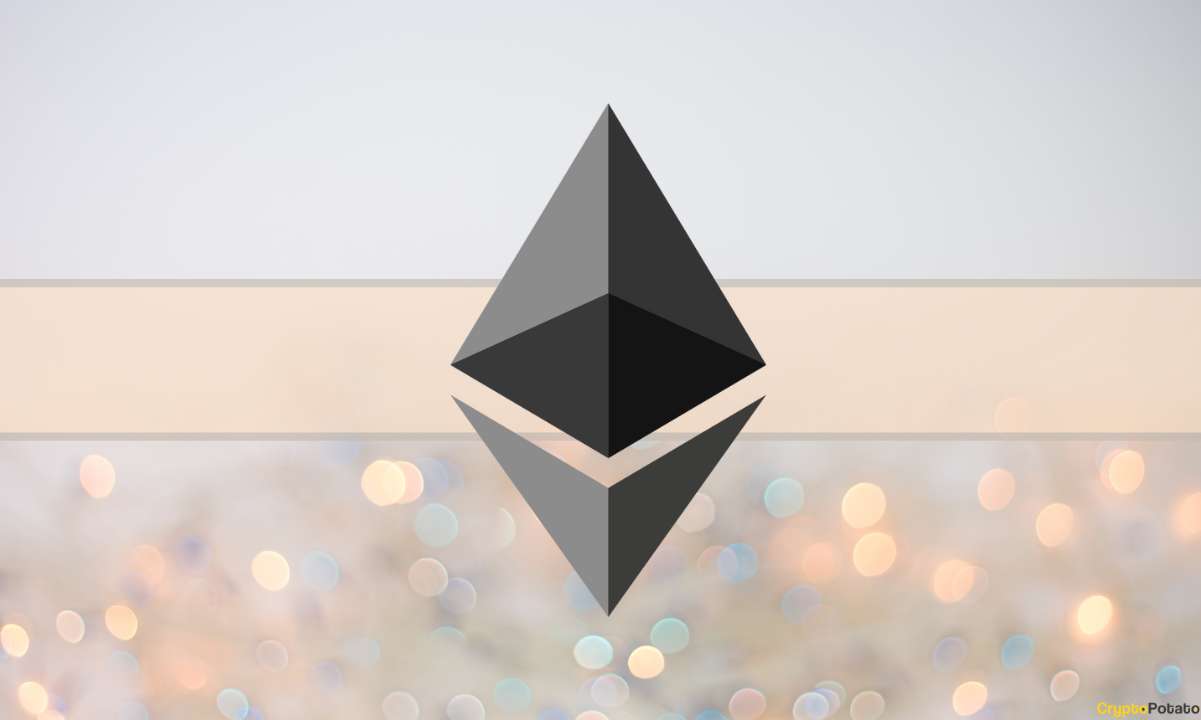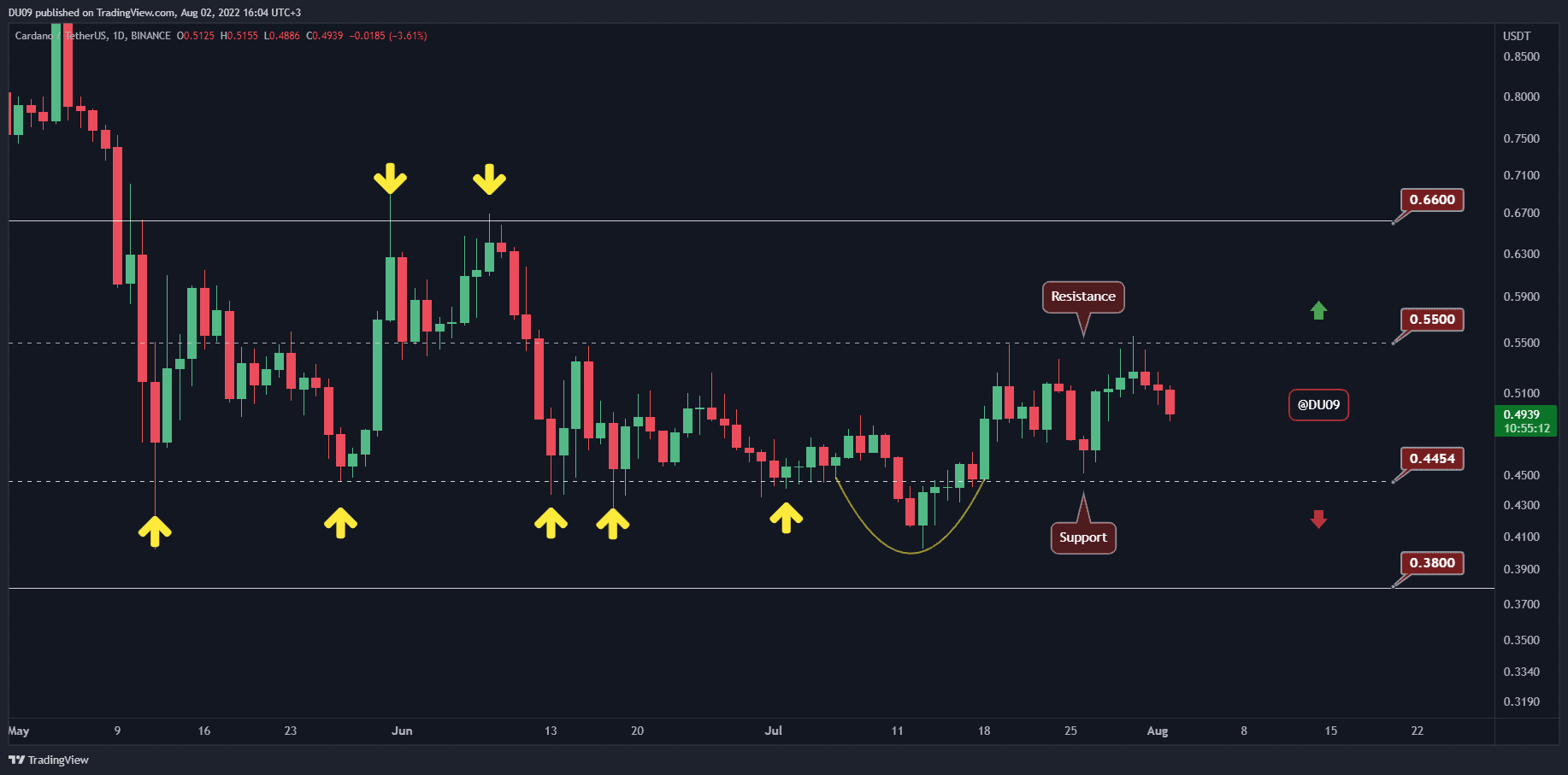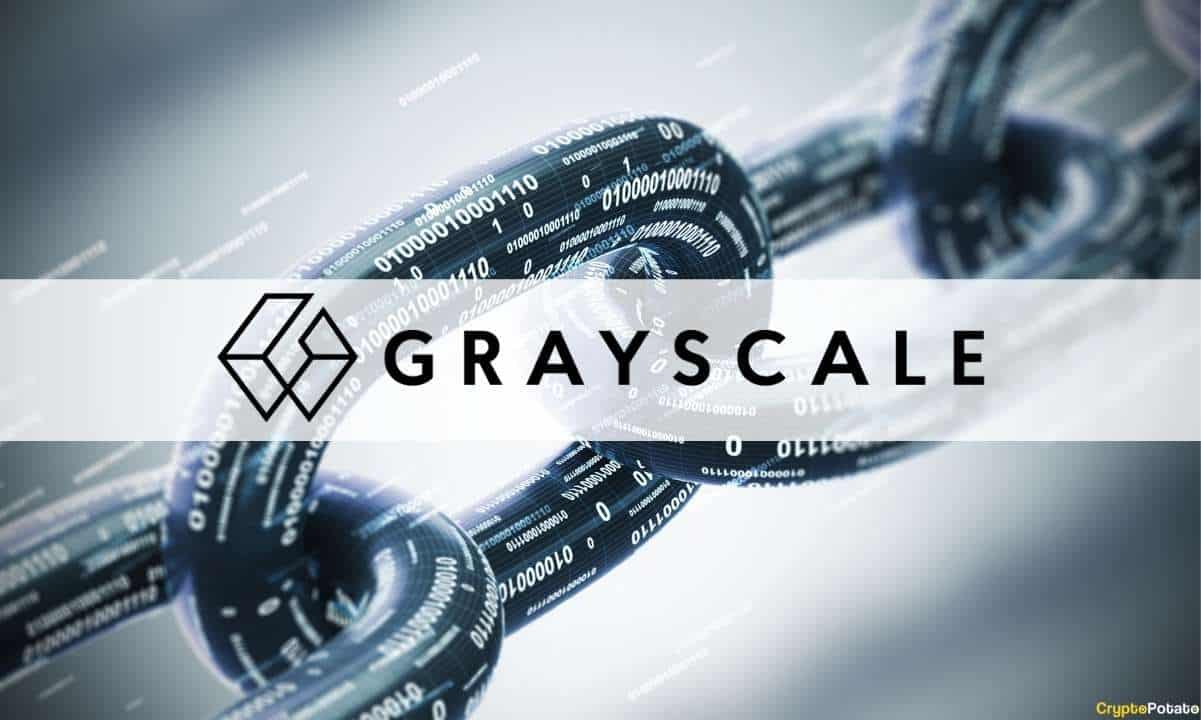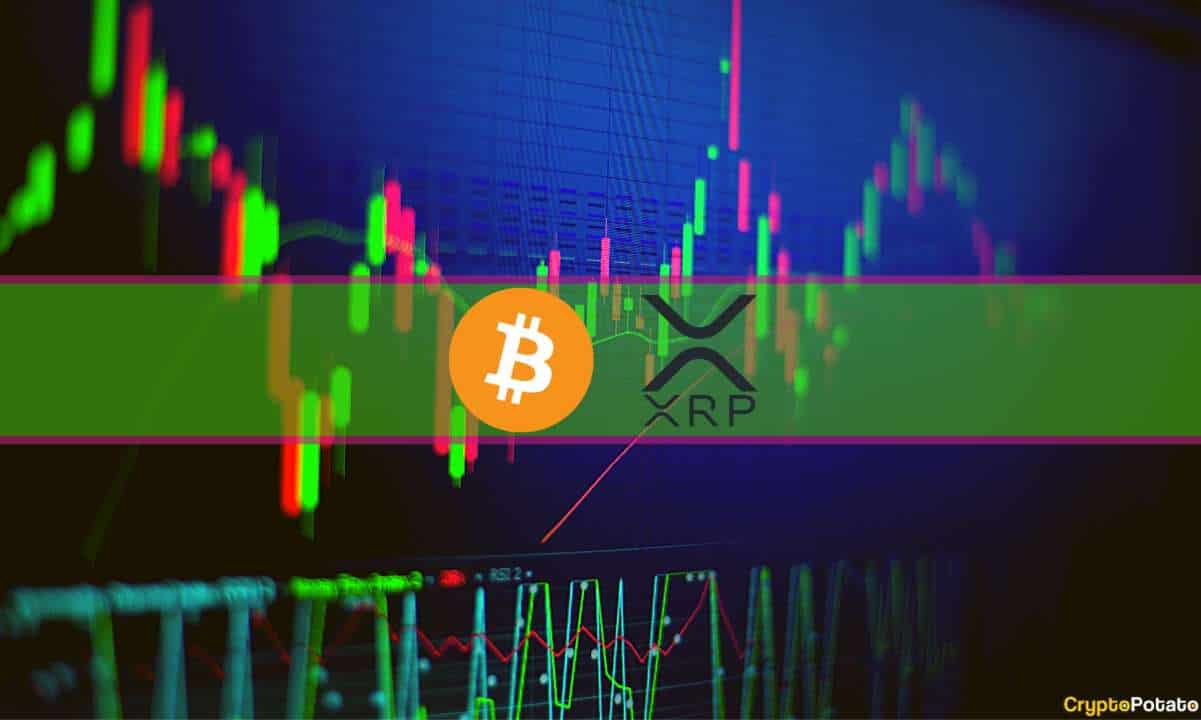Deep Dive into Ethereum: What Changed A Year Post-Merge?
A year after its momentous transition to proof of stake, Ethereum has experienced a substantial decrease in energy consumption and a notable enhancement in network accessibility. However, there are still several technical challenges to address moving forward.
The merge, executed on September 15, 2022, marked the merging of the Ethereum mainnet with a distinct proof-of-stake blockchain known as the Beacon Chain. The most conspicuous advancement following the merge was the significant shift from an energy-intensive proof-of-work (PoW) consensus mechanism to proof-of-stake (PoS), resulting in a substantial reduction in the Ethereum network’s overall power usage.
Regarding Ethereum’s price, there may not seem to be a significant change since last September. A day before the transition, ETH was trading at around $1,600 — roughly the same price it holds a year later.
Energy Consumption Lowered
Before the transition, Ethereum utilized the proof of work consensus mechanism, the same as Bitcoin, to validate on-chain transactions. This process involved miners competing to solve intricate mathematical equations in exchange for rewards despite the energy-intensive nature of the task.
However, with the shift to proof of stake, validators, rather than miners, were required to commit Ethereum as collateral to safeguard the network and receive rewards in return. This transition had a noteworthy impact, notably a drastic reduction in Ethereum’s energy consumption. According to a report from the Crypto Carbon Ratings Institute, the network’s carbon footprint saw a staggering 99.99% decrease.
The merge holds substantial significance in negating these anti-crypto criticisms for Ethereum.
Ethereum Amount Staked Grew
Since the merge, the amount of ETH staked has nearly doubled, experiencing a remarkable 93% growth to reach 26.5 million ETH, valued at close to $43 billion. That constitutes approximately one out of every five ETH, as reported on a Dune dashboard.
However, in the wake of this upgrade, concerns about centralization and censorship have emerged. There is apprehension that control over transaction verification on the network could become concentrated in the hands of a few entities, such as exchanges or projects facilitating pooled funds for staking rewards.
Liquid Staking Threat
Before the merge, there were specific concerns regarding exchanges like Coinbase participating in staking due to U.S. sanctions against Tornado Cash, a coin-mixing service. The fear that centralized entities might censor transactions for compliance purposes made decentralized applications like Lido Finance a more appealing option in terms of decentralization.
Recently, the extensive utilization of Lido, a liquid staking solution, has raised significant attention. It has now been identified as a potential vulnerability in Ethereum’s ecosystem in relation to decentralization, as Lido now supports a substantial 32% of all Ethereum staked, according to Moulié’s dashboard.
In the realm of liquid staking tokens, Lido Staked Ethereum ($STETH) holds a dominant position, boasting a market capitalization of $14 billion, according to CoinGecko. For comparison, the second-largest token representing staked Ethereum, Rocket Pool ETH ($RETH), holds a market capitalization of $926 million.
Initially, after the merge, there was no way for individuals to withdraw staked Ethereum, making services like Lido especially attractive. However, Ethereum’s Shanghai upgrade in April rectified this, enabling staking withdrawals and solidifying the network’s transition to proof of stake.

Looking ahead, the Ethereum Improvement Proposal (EIP)-4844, also known as “proto-danksharding,” is anticipated to lower gas fees and enhance transaction throughput by introducing data-containing blobs. These blobs hold a substantial amount of data similar to blocks but are not permanently stored on the Ethereum virtual machine. This development is poised to improve the blockchain’s data processing efficiency and cost-effectiveness. The upgrade is slated to be implemented later this year.
Slowing Down Ethereum Staking
The upcoming Ethereum upgrade, known as Ethereum Cancun-Deneb or Dencun, is scheduled for late October 2023. This upgrade is divided into two key components: Deneb, which focuses on the Consensus Layer, and Cancun, which targets the Execution Layer.
Furthermore, a proposal known as EIP-7514 is part of this upgrade. It aims to adjust the ‘churn limit’ function by setting an upper cap on its maximum value. The churn limit plays a crucial role in regulating the number of validators permitted to enter or exit the network within a specific timeframe. Developers are deliberating on reducing this limit to allow for more time to address the economic and technical implications of liquid staking.
Currently, discussions surrounding rewards for staking are a prominent topic within the Ethereum community. There has yet to be a unanimous agreement on the most effective way to incentivize Ethereum staking. The integration of EIP-7514 will offer an opportunity for these discussions to persist and for researchers to explore enhanced solutions.
Essentially, EIP-7514 serves as a strategic pause for the Ethereum network, enabling its community to reevaluate and make informed decisions regarding its future. Given the rapid growth and evolution Ethereum has undergone since its inception, this pause is deemed essential.
Tim Beiko, a core developer who provided insights on the developer call, remarked, “In short, this would slow down the rate at which the percent of ETH stake grows in the worst case.”
Scaling Solutions on the Network
For Ethereum to achieve widespread adoption, it’s crucial that the network efficiently process a large volume of transactions. However, it’s worth noting that the merge wasn’t primarily aimed at boosting Ethereum’s speed. Consequently, the average transactions per second on Ethereum have mostly remained in the teens since last September, as reported by the analytics site L2 Beat. Nevertheless, it served as a preparatory step for what comes next.
The anticipated “surge,” a series of upgrades set to follow the merge, is anticipated to enhance Ethereum’s scalability, as outlined in co-founder Vitalik Buterin’s vision for Ethereum’s roadmap before the merge last July.
Simultaneously, there has been a notable increase in the presence of scaling solutions addressing Ethereum’s current limitations within the crypto space. According to L2 Beat, the average transactions per second across all Ethereum layer-2 networks has now exceeded 50, signifying a substantial improvement from the previous year.
When aggregated, the total number of transactions in the past 30 days for prominent layer-2 networks like zkSync Era, Optimism, and Arbitrum Nova exceeds 61 million. It is twice the number of transactions processed on Ethereum during the same period.
The recent surge in layer-2 technology can be attributed in part to the secure foundation established by the merge at Ethereum’s core level, as highlighted by Nebojsa Urosevic, co-founder of infrastructure solutions provider Tenderly. He noted that the merge indeed laid foundational bricks for further scalability enhancements. Post-merge, we’ve seen a bolstered commitment to layering approaches, with layer-2 solutions coming to the forefront., he added.

Ethereum Turns Deflationary
Following the merge, in addition to the reduction in power consumption, the Ethereum network underwent an economic shift towards deflation. That means that the amount of new Ether issued to secure the network has been surpassed by the amount of ETH permanently removed from circulation.
Data from the Ethereum data provider, ultrasound.money, reveals that slightly over 300,000 ETH (equivalent to $488 million at current prices) has been burned since the merge. At the current burn rates, the total ETH supply is decreasing by approximately 0.25% annually.
While many supporters anticipated a surge in the price of Ethereum due to this new deflationary dynamic, these expectations were tempered by various macroeconomic challenges, including the banking crisis and surging inflation.
It’s worth noting that in the first quarter of this year, the growth of ETH’s value was overshadowed by the impressive surge in Bitcoin’s price. The flagship cryptocurrency seemed to benefit from much of the traditional financial instability triggered by the banking crisis.
Aside from price movements, the core focus of the proof-of-stake upgrade was the replacement of miners with stakers to secure the network. The subsequent Shapella upgrade in April 2023 led to a significant influx of ETH towards staking. Among the prime beneficiaries of this transition were liquid staking providers like Lido and Rocket Pool.
The post Deep Dive into Ethereum: What Changed A Year Post-Merge? appeared first on CryptoPotato.









